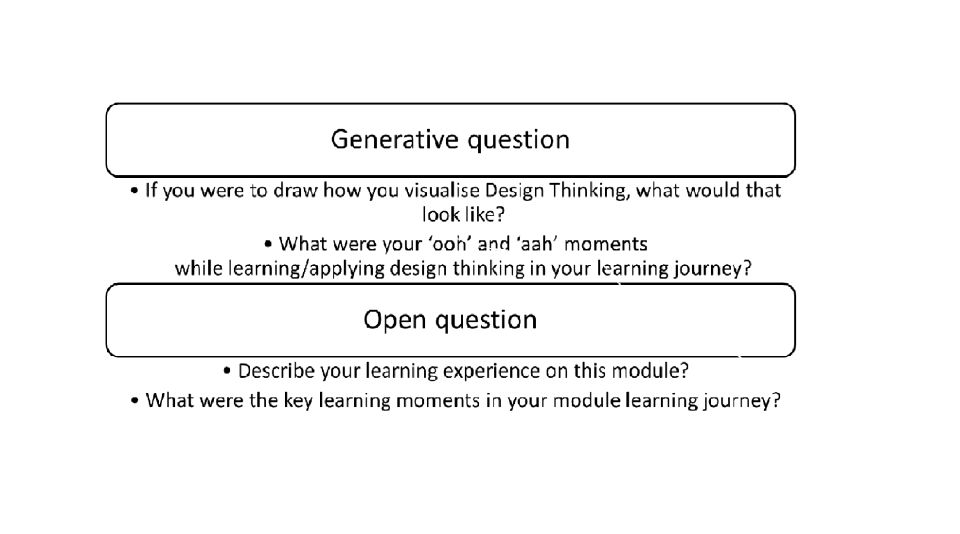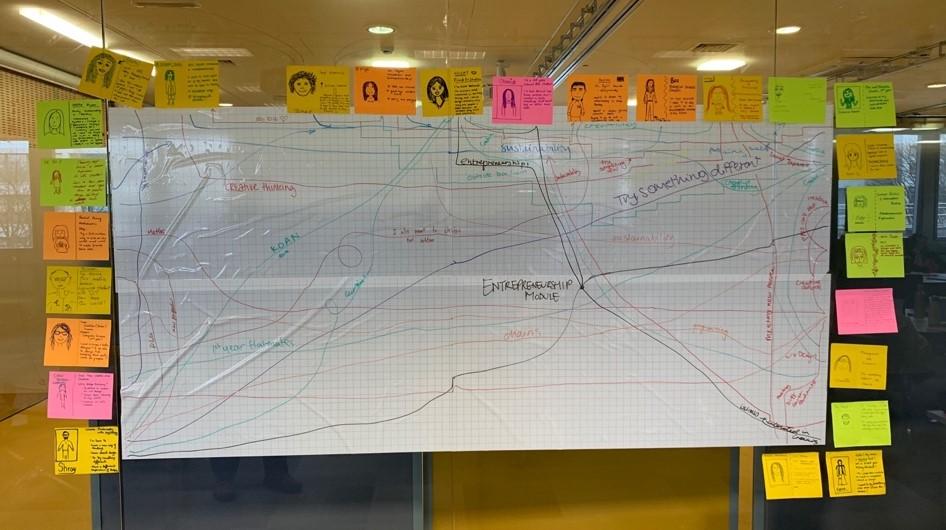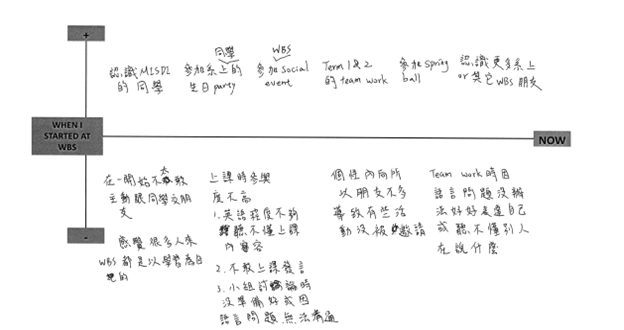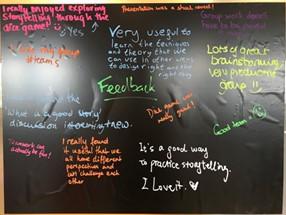
Use design thinking and storytelling to help international students find their voices
Exchanging stories allows students to express themselves and relate to others. It also boosts confidence and engagement

We’ve heard many international students in their first term ask, “Am I qualified enough or do I have sufficient skills and knowledge to contribute?” Students often use silence as a solution in these cases, our research shows.
We’ve been experimenting with design thinking, a human-centred approach to innovation based on deep empathy with the intended audiences, co-creating ideas and generating solutions, to help students like these at the University of Warwick. In doing so, we created the Warwick Secret Challenge methodology, a problem-solving workshop that uses design thinking to tackle innovation challenges through authentic student-staff co-creation. Here are some activities that have worked well.

We drew on Emma Heron’s work with friendship and the Dragon Dreaming Institute method, which use generative questions. Generative questions are open-ended questions that reveal rich insight into a participant’s experience by providing a space to share a story, an example, and/or an experience that encourages insights that a participant might not have previously fully understood before answering the question. Generative questions prompt responses that allow the researcher to answer their research questions and reveal something about a participant’s experience or understanding.
Grounded in radical safety, a feeling of having space to develop inspired ideas and reflect on one’s lived experiences without fear of judgement, these questions naturally create wider pockets of conversations that allow us to tap into the core of an individual’s identity instead of dancing around the little snippets that they share widely. The image below demonstrates how, as students, we tend to keep our most authentic selves (the yolk at the centre) hidden away.

What differentiates generative questions from the more commonly used open-ended questions is their inherent power to create spaces that allow an individual to reflect on their experiences, emotions and journeys and feel safe when sharing them, even if they “don’t make sense” or “don’t fit the scope of a structured question they come across in a survey”. Here are some examples of generative versus open questions.

The low-tech social network is an excellent activity for any first seminar or workshop. It involves students and teachers using a Post-it or a sheet of paper to draw their avatars and add a few interesting facts about themselves, just like we would when creating a profile for a social network. This fun, visual activity helps participants mimic online behaviour and allows everyone to express themselves and say something about who they are outside their studies. It’s a great way to highlight the diversity in the classroom and help students find things in common with each other.


Belonging maps, from Susie Wise’s #DesignforBelonging toolkit, capture student journeys visually and allow them to point out specific moments in their experiences when their sense of belonging improved or worsened. For this activity, students draw an X-axis representing the time from the start of their learning journey to the present day, and a Y-axis representing their sense of belonging, whether positive or negative. We created our own simple template, which you can see, along with a participant’s completed map, below.


My significant object activity, inspired by associate professor Rachel Dickinson’s Images of Culture work and the Significant Objects project, involves students and staff presenting an image of an object that is significant to them, prompting them to share stories that give others a glimpse into who they are. This activity, which takes place on Padlet, facilitates the curation of a collection of images, connections and conversations even before the students arrive on campus.
- Resource collection: Create welcoming classrooms for international students
- Taking the shock out of culture shock: helping international students navigate transitions, part one
- How to support international students’ smooth transition to a new country
Storytelling dice, available in a range of designs and price ranges, can teach students about storytelling and are a great addition to any workshop. As tangible interactive objects, storytelling dice spark curiosity and serve as helpful conversation starters in small student groups even before any activities and instructions are introduced.

It’s crucial that teachers and students do these activities together. We cannot expect students to get involved and be vulnerable, especially in those first few weeks of the academic year, unless we are willing to take off our academic armour, share our stories, and get stuck in. Be the first to post your object, join the low-tech social network, or offer an example from your belonging map. After all, we all have stories, experiences and expertise that might be hidden from others and yet universal in the context of teaching and learning. Think back to your moments of belonging and connection with your learning community. It probably started with having a joint experience or sharing a story.
We have learned that storytelling, integral to the practice of design thinking, can make a huge difference in unlocking a student’s voice. Exchanging stories allows students to express themselves and relate to others. A positive experience with these creative methods can boost a student’s confidence and interest in contributing to a range of co-creation and innovation opportunities within their institution.
Bo Kelestyn is an associate professor; Nikita Asnani is an alumna and project officer; Minali Sanghani is an alumna and project officer; Weiwei Su is an alumna and project officer; Janet Zheng is an alumna and project officer. All contributors work at the University of Warwick.
If you would like advice and insight from academics and university staff delivered direct to your inbox each week, .


